基于生态系统的综合生态保护与绿色发展模式案例:中国黄山项目
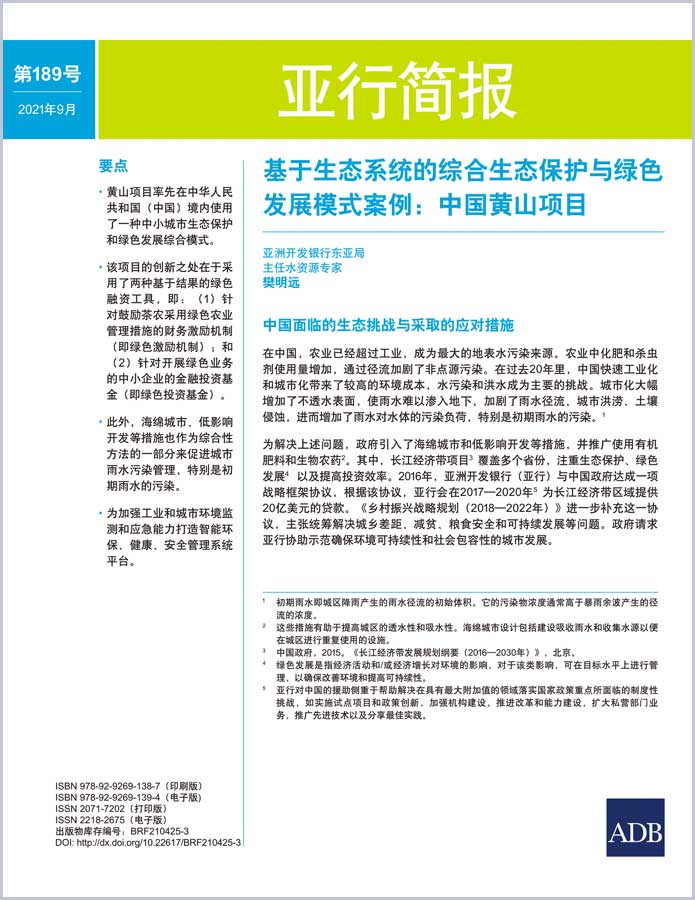

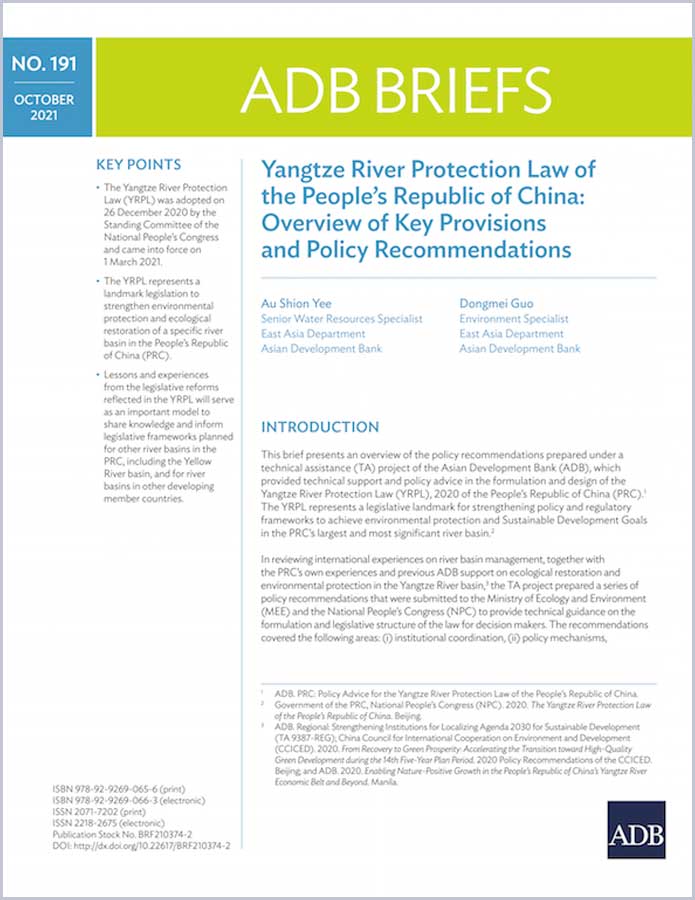
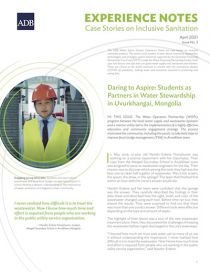
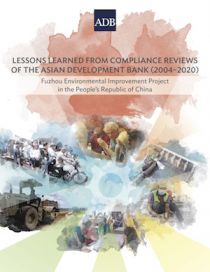
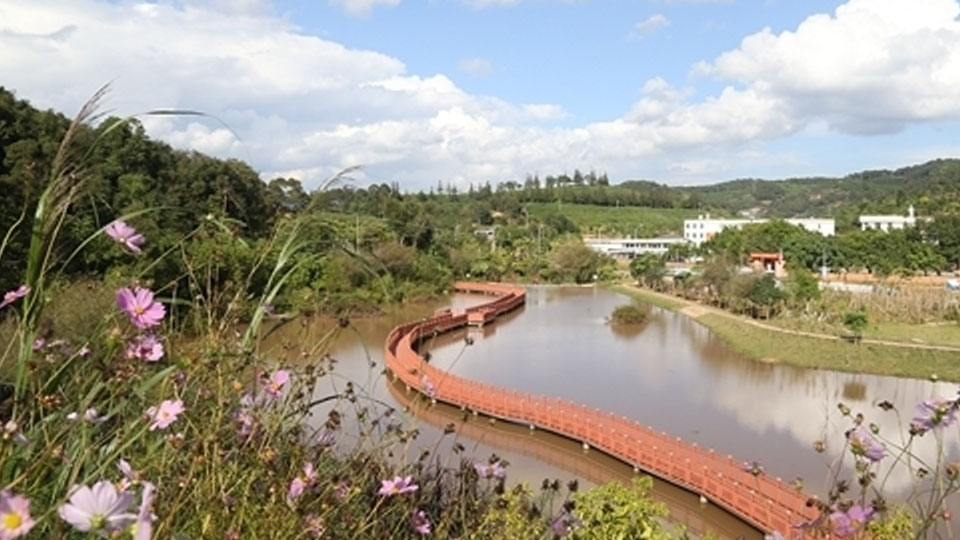
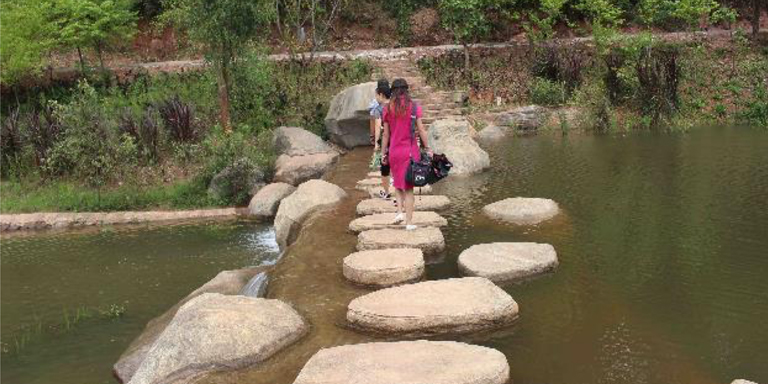
In the People’s Republic of China, rehabilitation of the Simao River took an ecological and green development path and was integrated into city plans.
Overview
The Simao River in Pu’er City, the People’s Republic of China (PRC) was rehabilitated to prevent flooding in the city, restore the area’s biodiversity, and improve livability for residents.
In 2012, the city government worked with the Cities Development Initiative for Asia (CDIA) to finalize the design of its rehabilitation project, which aimed to develop Simao River into an attractive landmark and improve its flood protection capacity. Soon after, KfW (German Development Bank) approved an $80-million loan to implement the key components of the project.
In 2018, CDIA development experts returned to Pu’er and saw that the measures implemented by the city, which largely adopted a nature-based approach, resulted in better flood control and more sustainable river management, improved water quality, and restored ecology of the river. Residents were also using green spaces near the river for recreation and social interaction.
Project information
PRC: Flood Control, Environmental Improvement and Water Reclamation Works in Pu’er
Project snapshot
Context
Pu’er City is situated in the southwest of Yunnan Province. It covers a floodplain of about 45,000 square kilometers, framed by green hills and mountains where the famous Pu’er tea is grown. The city’s estimated population is 200,000.
Pu’er developed into a modern urban center in recent years, but increased urbanization brought pressing challenges. It experienced frequent floods that severely affected urban activities and the future development of the city. The foul odor of garbage and sludge from the Simao River further attested to environmental deterioration.
Challenges
The Simao River traverses the urban area of Pu’er. The 15-km long watercourse acts as a natural drainage channel for the city and serves as a home for wildlife and vegetation along its shores. In previous years, however, the river lost its capacity to provide these environmental benefits.
In 2012, the river had a very low flood risk management capacity that it could only cope with a 5-year flood event or less. Due to the characteristics of the river’s course and riverbeds, it could not effectively drain flood waters, thus putting the city at risk of flooding.
The Simao River was also polluted. Solid waste, sludge, and aquatic plants impeded its normal water flow, and informal settlers occupied some of its riverbanks. Pu’er’s inadequate wastewater management system compounded the problem, as only 22% of the urban wastewater was collected and treated. The rest was discharged directly into the Simao River and its tributaries.
With the river’s poor water quality and surrounding environment, biodiversity could hardly thrive. This was a stark contrast to the rich flora that Yunnan Province is known for.
Pu’er’s residents perceived the Simao River as a heavy burden; they did not see it as an integrated part of their city and did not regard it as an emblematic feature of Pu’er’s natural beauty.
Solutions
The Pu’er Municipal Government prepared a feasibility study of the Simao River rehabilitation project to develop the watercourse into an attractive landmark and to prepare the city to cope with severe flood events.
Comprehensive project preparation
The city government asked CDIA to review the feasibility study and finalize the preliminary design for the Flood Control, Environmental Improvement, and Water Reclamation Works in Pu’er project.
CDIA and the Pu’er government worked closely for 6 months in 2012 to prepare the project, involving all relevant stakeholders at each critical step of the planning process. They collected information and conducted surveys, analyses, and calculations to provide a strong foundation for the design of the Simao River rehabilitation project.
By the end of CDIA’s intervention, the city was set to pursue the following measures:
In December 2012, KfW signed an $80-million loan agreement with the PRC government to implement flood control and channel improvement works for the Simao River.
Use of ecological and green development approach
The city mostly used nature-based solutions recommended by CDIA to achieve a more sustainable river rehabilitation and create a healthy and livable environment for residents. It espoused the use of ecologically sound and diverse measures, natural processes and materials, and it based restoration efforts on the idea of the features being part of the natural environment and not exclusively built structures. It also planned to entirely use native plant materials for revegetation and for reinforcing flood beds and riverbanks.
The adoption of an ecological and green development approach ensures cost effectiveness in terms of construction and maintenance, and it can also recreate a natural river environment that protects against floods and provides natural habitats for biodiversity.
Integration of the project with city development plans
The city government integrated the planned interventions with their master plan and linked the river works with other relevant urban infrastructure projects, such as wastewater management, wetland park development, and urban renewal. This approach enabled the city to pursue a project design adapted to its existing and future development needs.
Results
CDIA visited the city 6 years after it completed its technical assistance and found that the city completed 85% of the project work, including flood control, sewage interception, and river ecology restoration measures recommended in the CDIA study.
Pu’er officials noted that the risk attributed to flooding has been minimized in flood-prone areas after completion of dredging and excavation works along the river. They also expect that the river will be able to withstand a 50-year flood event when the project is completed.
The river’s water quality improved after the city reformed its wastewater management program, and the foul smell coming from the river was eliminated. There was also a noticeable increase in fish population in the still water sections of the river.
The landscape surrounding the river was rehabilitated, with 50 hectares of greening and restoration efforts along its banks giving residents new spaces for recreation.
The city used natural and indigenous materials and processes during the project and that resulted in low construction and maintenance costs. Pu’er officials are optimistic that an ecological and green development approach will improve biodiversity and promote the sustainable development of the river.
Informal settlers along the river that were exposed to flooding were transferred to relocation sites with better amenities and quality of housing units.
Finally, the roads and bridges constructed and retrofitted near the river are expected to improve mobility and access to social services for residents.
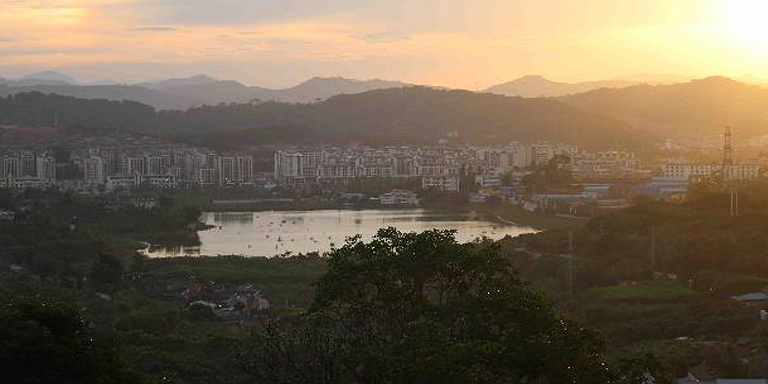
Lessons
Aided by the interventions and the commitment of relevant stakeholders, Pu’er is set to achieve its primary objective of developing the Simao River watercourse into an attractive ecological landmark while eliminating flood risks and improving the water quality of the river.
The integration of the project into the Pu’er City Master Plan paved the way for the coordinated implementation of relevant urban infrastructure projects. Meanwhile, the active participation of city officials and the affected communities in project planning and implementation strengthened their ownership of the project.
The city government linked the various project components with internal and external funding sources necessary to implement the project. It further established a governance structure, headed by the city mayor, to manage and maintain the river and its tributaries after project completion.
Key officials of the Pu’er Municipal Government are optimistic that Pu’er will serve as a model for other cities in the PRC on how to approach the problem of flood management the natural way and how to integrate flood management measures in a more sustainable manner.
Cities Development Initiative for Asia. 2012. Final Report: Flood Control, Environmental Improvement & Water Reclamation Works in Pu’er.
R. Baoy, E. Ringhof, and C. Yiyang. 2018. Pu’er Tracer Study. Tracer Studies on City Interventions. Cities Development Initiative for Asia.

Urban Development Specialist, Cities Development Initiative for Asia
This blog is reproduced from Development Asia.
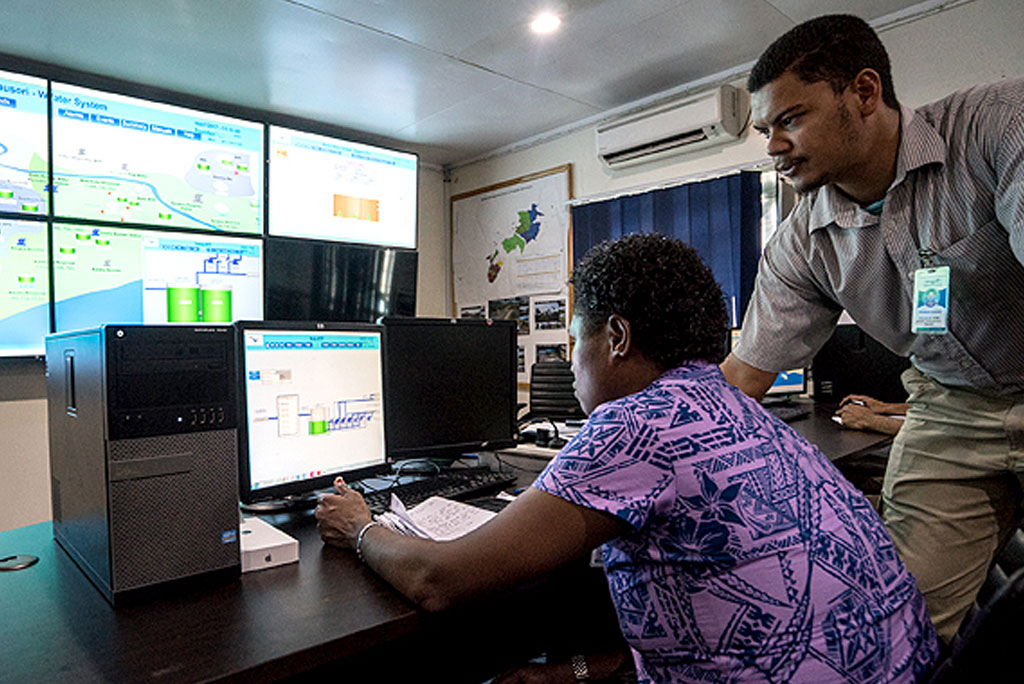

A data-driven “smart” system can help water utilities to reduce losses from unaccounted-for-water more efficiently and improve service delivery.
Introduction
Artificial intelligence (AI) offers water utilities the potential to enhance service delivery, optimize investments, and reduce costs. It can improve the efficiency of water supply systems by maximizing information and data available to make better operational and planning decisions. For example, AI tools may be used to inform efforts to reduce losses from nonrevenue and unaccounted for water, such as from leaking pipes and inaccurate meter readings.
The availability of affordable big data from sensors, customers, and staff builds the case for the digital transformation of the water sector. However, many water utilities, particularly in developing countries, lack the capacity to use big data for day-to-day operations. Most of them start their digital transition with a supervisory control and data acquisition (SCADA) system linked to a network control center; then figure out how to turn these technology investments into real benefits to customers.
The digital transition of water utilities should be progressive, pragmatic, and target-oriented. From an “old school” operation or Hydraulic Modeling 1.0, water utilities need to shift to a new era of efficiency and accountability, or Hydraulic Modeling 2.0, supported by AI tools and big data analytics.
This explainer is adapted from an Asian Development Bank publication(link is external) that discusses the principles and applications of AI for water utilities to improve water distribution operation, how to pilot AI to address unaccounted-for-water problems, and policies to support digital adoption.
What is Hydraulic Modeling 2.0?
It is a new network analysis approach that encompasses the joint application of several methods to provide a dynamic, probabilistic representation of water distribution networks. It allows the numerical detection of unaccounted-for-water.
Hydraulic Modeling 2.0 is the way forward for water utilities to embrace AI or machine learning at the core of their planning and operations. It represents a qualitative step forward compared to the conventional Hydraulic Modeling 1.0 currently used. The key differences are summarized in the table below.
Hydraulic Modeling 2.0 combines physically based and data-driven methods for water distribution network analysis. Physically based methods draw on the combination of statistical tools, such as state estimation techniques and pressure sensitivity analysis, with hydraulic modeling.[1] Data-driven methods are based on the application of AI or machine learning algorithms as artificial neural networks (with their many variations generally known as deep learning methods), as well as support vector machines, classification trees, adaptive neuro-fuzzy inference systems, etc.
Table 1: A Comparison of Hydraulic Modeling 1.0 and 2.0
| Hydraulic Modeling 1.0 (Conventional) | Hydraulic Modeling 2.0 |
|---|---|
| Deterministic System represented by average values of the state variables (flows and p | Probabilistic All variables treated as probabilistic with their density functions and cross-correlations. |
| One-off calibration Hydraulic model calibrated once a year (at best) based on aggregate error functions. Model parameters are usually fixed. | Continuous learning Hydraulic model real-time learning with new data generated: calibration constantly updated with past and current data. |
| Limited data Hydraulic model set up with limited data without the need for real-time data, except to update water consumption. More data does not imply better model. | Big data Hydraulic model maximizes all data available (the more data, the better): well suited to a data-rich and real-time environment. |
| Simplification Uncertainty in water demand at the nodes not quantified and not considered | Uncertainties Water demand reflects the uncertainty from the meters’ errors and the aggregation of nodes when no meter is available. |
| Shortcut Measurements’ errors for flows and pressures not considered. | Holistic Measurement errors from sensors introduced into the model with a non-negligible impact on the results. |
| Anomalies Anomalies mostly not detected or if so, not characterized, nor classified. | Classification and sorting The algorithm analyzes the residuals values (differences between field data and model results) and classifies them into categories: illegal connections, water leaks, pipe bursts, malfunctioning sensors, abnormal water consumption patterns, etc. |
Source: Asian Development Bank.
What are the first steps toward a smart water system?
From the point of view of operations, physically based methods are the starting point for water utilities into their digital transformation. The next step is to integrate data from SCADA with advanced hydraulic modeling tools—comprising AI in water supply—through data-driven approaches. This supplements the physically based methods with powerful optimization and decision support tools, business intelligence, and knowledge management.
For a medium-size water utility (less than 100,000 connections) with little experience in smart water, the initial operational assessment would identify where digital transformation brings the largest benefits (“low-hanging fruits”), and then a smart water road map should be drafted. A typical starter digital transformation package would look into
How can AI improve unaccounted-for-water reduction?
Unaccounted-for-water is a key indicator of the operational and financial performance of a water utility. It is a benchmark of a water utility’s efficiency in reducing both physical losses (e.g., water leaks and pipe bursts) and commercial losses (such as illegal connection and metering errors).
Techniques to physically detect water leaks combine special equipment (acoustic sensors, gas tracers, etc.) with human skills. A current trend is to incorporate AI in some of the hardware (for instance, acoustic correlators) to replace humans in interpreting the data (water leak noises). Advances in numerical modeling of the hydraulics of water distribution networks also now make it possible to detect potential leaking pipe sectors through numerical methods, as long as the hydraulic models are fed with a sufficient amount of calibrated field data such as pressure, flow, and node consumptions.
A 2019 white paper shows that smart water technologies could reduce a water utility’s total cost by 7.4% (baseline costs), with most of the savings coming from efficient utilization of capital expenditures and improved unaccounted-for-water reduction. Although the AI algorithms’ contribution is not broken down, most of the gains are assumed to come from data processing and analysis, since sensors and data on their own provide little direct benefit.
How to pilot test AI for unaccounted-for-water
Water utilities can test the potential benefits of AI techniques by embarking on low-risk, low-scale pilot projects that can also be used to assess their technological capacities and define a realistic smart water road map.
Piloting the concept of AI and Hydraulic Modeling 2.0 for unaccounted-for-water would demonstrate how advanced network analysis algorithms improve operational efficiency and service delivery. This involves harnessing the power of AI combined with big data sourced from the SCADA system, as fed from the various sensors on the water distribution network.
An AI pilot analyzes numerical unaccounted-for-water and pipe burst detection as well as sensor failure routines on the primary water distribution network (pipe diameter of over 200 millimeters). The AI algorithms are tested on one water distribution network sector or a small water distribution system.
The AI pilot starts with an off-line demonstration making a hindcast based on historical records collected by the water utility on the selected portion of the water distribution system. A hindcast (also known as back-testing) involves testing using a mathematical model. Known or closely estimated inputs for past events are entered into the model and compared with output against known results.
A typical pilot project (phase 1) would consist of several sequential tasks over 9–12 months:
After completing the off-line testing of the AI algorithms, phase 2 can start using the AI algorithms in real-time operation, including for the prognosis of unaccounted-for-water. The need to integrate the numerical results with the current operation and the development of complementary algorithms suggests another 18 months to implementation for phase 2. Based on the real-time results and experience, the AI pilot can be upscaled to the entire water distribution system.
For a water utility with less than 25,000 connections, corresponding to a city of 100,000 inhabitants, the cost of implementing a smart water project with an AI pilot would be around $2 million ($10 to $20 per person, or around $0.5 to $1 per month and service connection, in variable terms).
What are the key areas for policy action to support digital transformation?
The use of AI has several policy implications to improve the performance of water utilities and the quality of the service delivery.
Development partners can support line ministries and water associations in developing technical guidelines and strengthening regulations, governance, and ethics resulting from the introduction of powerful AI numerical tools.
The financing requirements of smart water utilities can be supported by customizing the energy savings business model (with energy savings companies) through funding based on a digital and smart water road map and payback, and secured through operational improvements guaranteed by water tariff increases resulting from the enhanced service delivery to customers.
[1] D. Jung and J. H. Kim. 2018. State Estimation Network Design for Water Distribution Systems. Journal of Water Resources Planning and Management. 144 (1); S. G. Vrachimis, D. G. Eliades, and M. M. Polycarpou. 2018. Real-time Hydraulic Interval State Estimation for Water Transport Networks: A Case Study. Drinking Water Engineering and Science. 11 (1). pp. 19–24; S. Díaz, J. González, and R. Mínguez. 2016. Uncertainty Evaluation for Constrained State Estimation in Water Distribution Systems. Journal of Water Resources Planning and Management. 142 (12); H. R. Asgari and M. F. Maghrebi. 2016. Application of Nodal Pressure Measurements in Leak Detection. Flow Measurement and Instrumentation. 50. pp. 128–134; and R. Pérez et al. 2011. Methodology for Leakage Isolation Using Pressure Sensitivity Analysis in Water Distribution Networks. Control Engineering Practice. 19 (10).
[2] The International Benchmarking Network for Water and Sanitation Utilities (funded by the World Bank Group and the International Water Association with the support of other development partners and stakeholders) promotes good benchmarking practices among water and sanitation services. See International Benchmarking Network. https://www.ib-net.org/.
D. Jung and J. H. Kim. 2018. State Estimation Network Design for Water Distribution Systems. Journal of Water Resources Planning and Management. 144 (1).
H. Jenny et al. 2020. Using Artificial Intelligence for Smart Water Management Systems. ADB Briefs. 143. June. Manila: Asian Development Bank.
H. R. Asgari and M. F. Maghrebi. 2016. Application of Nodal Pressure Measurements in Leak Detection. Flow Measurement and Instrumentation. 50. pp. 128–134.
International Benchmarking Network.
R. Pérez et al. 2011. Methodology for Leakage Isolation Using Pressure Sensitivity Analysis in Water Distribution Networks. Control Engineering Practice. 19 (10).
S. Díaz, J. González, and R. Mínguez. 2016. Uncertainty Evaluation for Constrained State Estimation in Water Distribution Systems. Journal of Water Resources Planning and Management. 142 (12).
Sensus. 2020. Improving Utility Performance Through Analytics: Market Research Report. White Paper.
S. G. Vrachimis, D. G. Eliades, and M. M. Polycarpou. 2018. Real-time Hydraulic Interval State Estimation for Water Transport Networks: A Case Study. Drinking Water Engineering and Science. 11 (1). pp. 19–24.

Senior Investment Officer, East Asia Department, Asian Development Bank

Consultant, Asian Development Bank

Consultant, Asian Development Bank
Disclaimer: The views expressed in this blog are those of the authors and do not necessarily reflect the views of ADB, its management, Board of Directors or members.
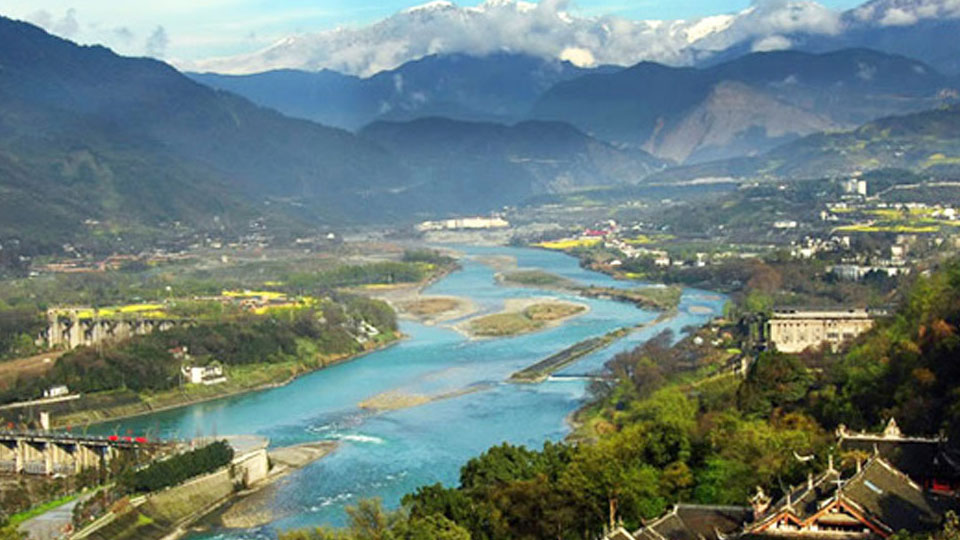
Built in 256 BC, the Dujiangyan system harnesses the power of nature to irrigate farmlands and prevent floods in the People’s Republic of China.
Introduction
A water resource management system built more than 2,000 years ago is still used for flood control and irrigation in Sichuan province in the People’s Republic of China (PRC). It is a feat of nature-based engineering that uses indigenous wisdom and materials.
Designed and constructed in 256 BC, the Dujiangyan system controls flow and diverts water from the turbulent Min River without the use of dams. It has irrigated farmlands on the Chengdu Plain, which produced bumper crops that earned Sichuan its reputation for being a “Land of Abundance.”
How does it work?
Dujiangyan uses the natural topographic and hydrological features of the area to regulate the water from the river for irrigation, flood, and flow control, and to drain sediments.
The Min River is the largest tributary at the upper reach of the Yangtze, Asia’s longest river. It originates from the southern side of the Min Mountains at an elevation of about 3,700 meters (m).
The headworks of Dujiangyan is located at the mountain exit of the Min River and at the top of the fan-shaped Chengdu Plain. It comprises three structures: the fish mouth levee, flying sand weir, and bottleneck channel. These work seamlessly together in directing the flow of water and sediments and for flood discharge.
The fish mouth levee is a man-made island in the shape of a giant fish that lies in the middle of the river. It is constructed at a big curve, and it is about 80 m long, 39 m wide, and 6 m high.
The levee splits the water into two channels: the outer stream, which is the original course of the river, and the inner stream, which was built to be deep and narrow. In the dry season when the water level is low and velocity is slow, more water flows toward the inside of the bend or the inner stream, which directs water into the Chengdu Plain. In the rainy season when the water level is high and velocity is fast, more water is discharged, especially during floods, into the relatively shallow but wide outer stream.
The levee structure also creates the helicoidal flow phenomenon: a corkscrew-like flow of water rushing toward the river bend (inner stream) that causes massive whirlpools to spill rocks and sediments into the outer stream and then into the main river because of centrifugal force.
The flying sand weir is located at the outer edge of the inner stream. It is about 200 m long and 2.15 m high. It partners with the bottleneck channel for a second round of flood discharge and silt removal. The inner stream rushes to the narrow bottleneck channel, causing the water level to rise. When the water level is higher than the flying sand weir, the overflow spills into the discharge channel. During a large flood, the weir will collapse to allow more water to be diverted into the outer stream.
The centrifugal force of the water flowing along the river bend toward the bottleneck spins out the remaining sediments over the flying sand weir. The system removes up to 90% of sediments.
How was it built and how has it evolved?
The Dujiangyan system was designed by Li Bing, governor of Shu Prefecture, who was given the task of diverting the Min River to Chengdu.
The original construction materials were bamboo, wooden piles, and stones. The stones were loaded into woven bamboo cages to build dikes and weirs and reinforced with the wooden tripods or macha. The wooden tripods were weighed down with soil, pebbles, and other materials to form a temporary retaining wall to block the flow of water. The bamboo cages with stones were used to combat floods or to also block water during maintenance and construction.
The bottleneck channel, which is about 40 m high and 20 m wide, was cut through Mount Yulei manually to allow the water to flow into Chengdu Plain.
To maintain the efficiency of the system, the levee and weir were repaired, and the waterways were dredged regularly. Stone horses were buried in the middle of the inner stream to mark the proper depth of the riverbed. Too much dredging will result in flooding, while too little will result in insufficient water flow. The stone horses were later replaced by iron rods or wotie.
The Dujiangyan system has been improved throughout history. Water diversion facilities and reservoirs were built in the 1970s.
What has been its impact on local communities?
Before the Dujiangyan was built, the Chengdu Plain was prone to floods in the summer and droughts in winter. Sediments accumulated in the riverbed.
The water resource management system broke the vicious cycle of natural disasters year after year. It is still functioning after more than 2,000 years. Today, it benefits 23 million people by providing irrigation to 10 million mu (667,000 hectares) and domestic and industrial water supply as well as flood management.
Ecotourism also flourishes in the area because of the Dujiangyan and other cultural and natural attractions. Dujiangyan was added to the UNESCO World Cultural Heritage List in 2000 and the World Irrigation Engineering Project Heritage list of the International Commission on Irrigation and Drainage in 2018.
What best practices does it offer?
Nature-based solutions offer a way to provide economic, social, and environmental benefits simultaneously. Using natural systems can be effective in improving climate resilience and in mitigating disaster risk.
Dujiangyan is a good example of how to take full advantage of natural topography and geographic conditions in harnessing the power of nature. It does not use large-scale grey infrastructures yet has withstood the test of time. It is a sustainable system with low operation costs, and it uses locally produced and readily available “circular” materials. There is little negative impact on the natural environment.
Holistic, integrated, and strategic planning went into the project. The headworks, irrigation channels, and other associated structures were designed as an integrated system. All structures work seamlessly together.
X. Yang. 2020. Nature-based Approach in Climate and Natural Disaster Risk Management: Dujiangyan Water Resource Management System. Presentation made at the ADB–PRC seminar series. 5 August.
Ministry of Water Resources, the People’s Republic of China. 2019. Dujiangyan—The Oldest Functioning Dam-Free Water Diversion Project. Article. 20 March.

Senior Programs Officer, East Asia Department, Asian Development Bank
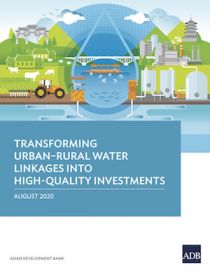
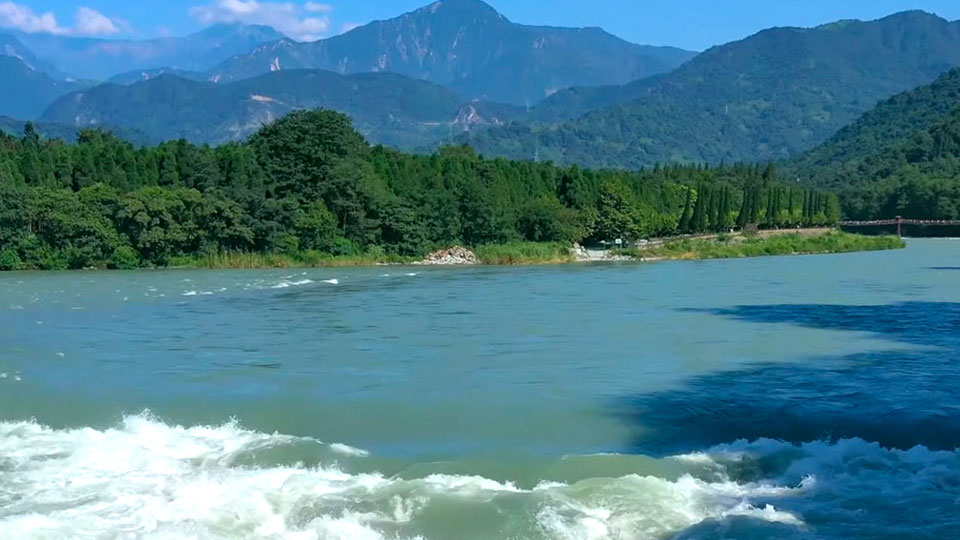
Dujiangyan water resource management system is a timeless dam-free water diversion innovation that finely balances structural measures, natural environment, and human wellbeing, that is still in operations in the PRC today.
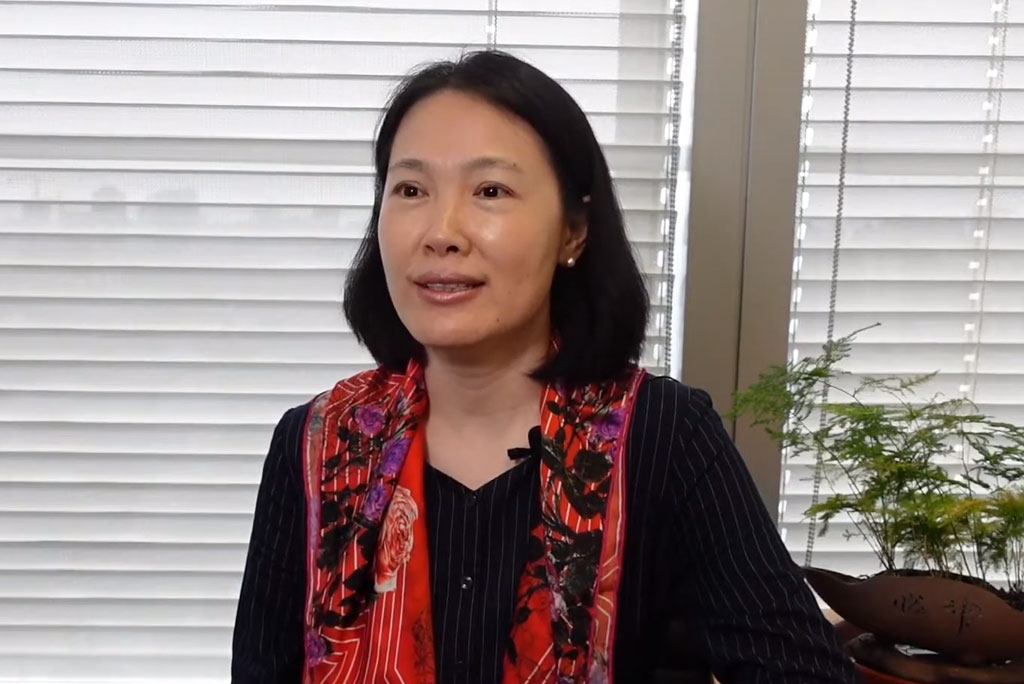
ADB Resident Mission in the PRC’s Senior Programs Officer Xiaoyan Yang introduces the ancient Chinese wisdom behind the Dujiangyan water resource management system built over 2,200 years ago but still in use today. The system adopts an integrated approach and nature-based solutions in managing climatic risks and natural disasters. It is an ancient yet advanced design that finely balances structural measures, natural environment, and the human wellbeing.
© 2024 Regional Knowledge Sharing Initiative. The views expressed on this website are those of the authors and presenters and do not necessarily reflect the views and policies of the Asian Development Bank (ADB), its Board of Governors, or the governments they represent. ADB does not guarantee the accuracy of the data in any documents and materials posted on this website and accepts no responsibility for any consequence of their use. By making any designation of or reference to a particular territory or geographic area, or by using the term “country” in any documents posted on this website, ADB does not intend to make any judgments as to the legal or other status of any territory or area.
